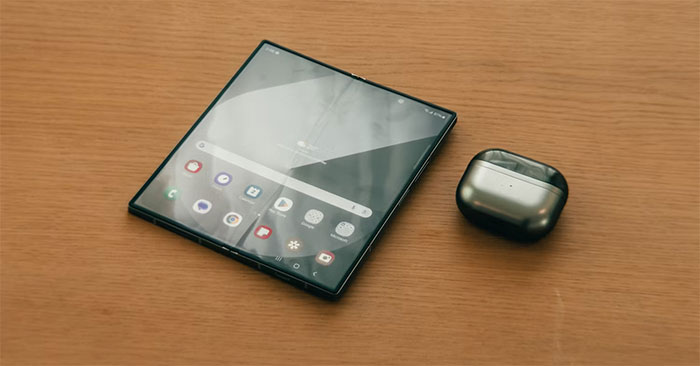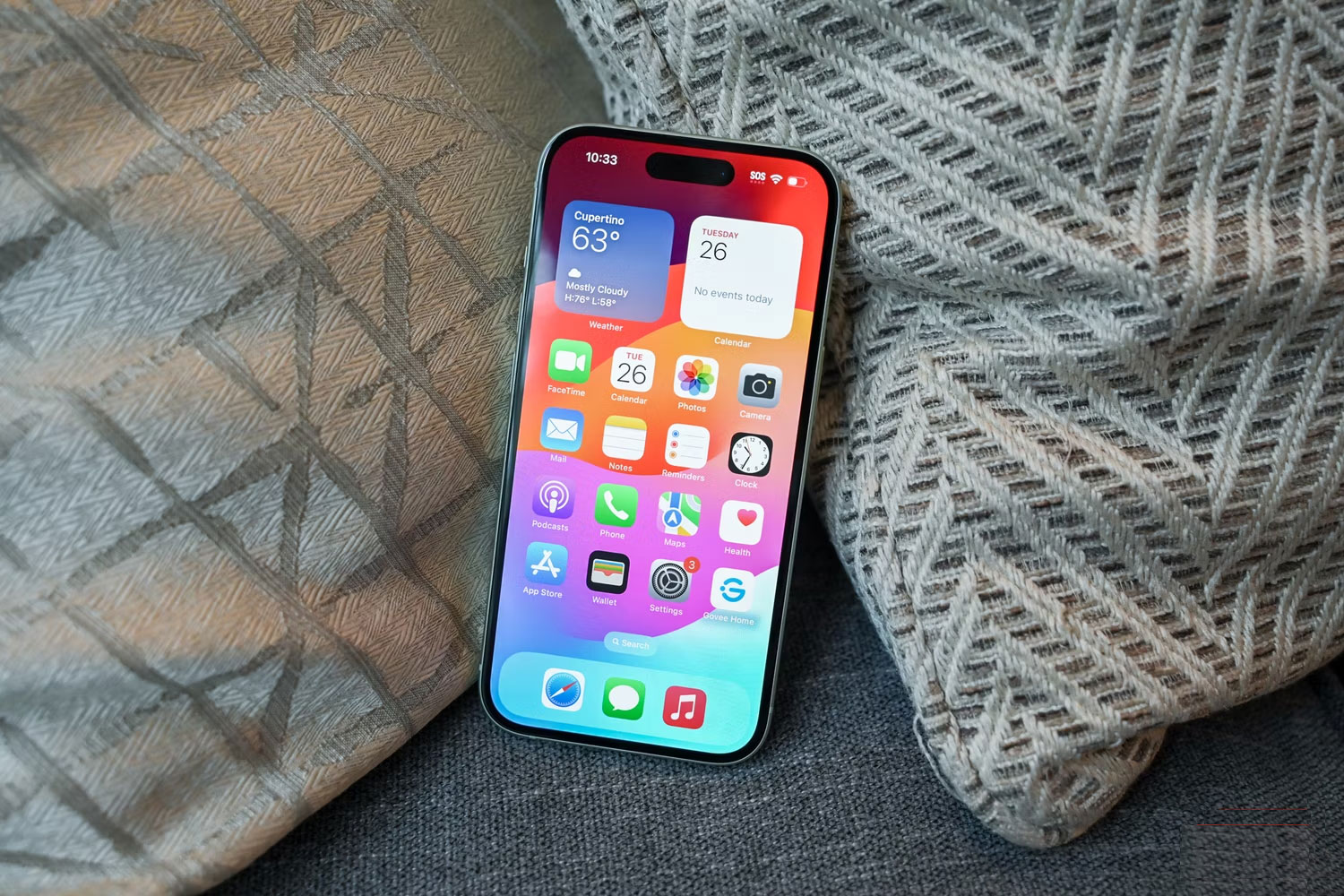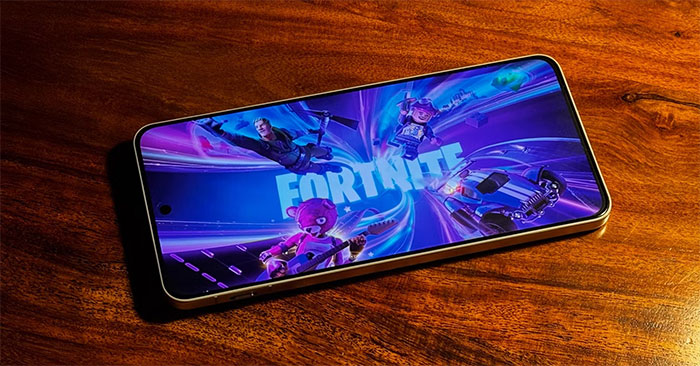Don't buy a smartphone without these 4 screen attributes!
Here are four must-have attributes.
1. High refresh rate panel
High refresh rate panels have been on phones since Razer launched its first smartphone in 2017. They have come a long way since then, from panels that could only switch between a static 60Hz and 120Hz to panels that can adjust their refresh rate from 0Hz to 120Hz.
But why is this feature a must-have? High refresh rate displays make it seem like your smartphone is instantly tracking your input, improving the user experience to the point where every interaction feels smooth and stutter-free.
So whether you're scrolling through Instagram, Reddit, or enjoying one of the best ad-free mobile games, a high refresh rate display will make the experience more satisfying. And if it's a smartphone that uses LTPO technology, you'll likely get better battery life, too.
2. The screen has a high "typical" brightness

This is the brightness spec that most smartphone manufacturers tend to ignore in favor of 'peak brightness' numbers. While peak numbers give us an idea of the maximum brightness the display in question can reach, it's recorded in a controlled environment, something you most likely won't experience in real-world use.
The Google Pixel 9, for example, boasts a peak brightness of 2,700 nits. However, a note on Google's product page states that it's measured at a five percent pixel scale, meaning only a small portion of the display is active for that measurement. Its typical brightness numbers aren't directly available.
Individual reports and reviews from reliable sources will often be your best bet for understanding a smartphone's brightness performance, so pay attention to these numbers when making a purchasing decision.
In our experience, any device with a typical brightness above 800 nits or a dedicated high brightness mode – which comes into effect when the auto-brightness setting is enabled – that exceeds this figure is easy to view outdoors and not annoying.
3. Screen protection glass technology

Now let's move on to the glass layer on smartphones that protects the phone's complex display technology from damage. When buying a smartphone, people often focus on making sure the device they buy has Corning Gorilla Glass or Asahi Glass. These brands have built a reputation and their products are available on most smartphones. In most cases, if a smartphone doesn't have Corning Gorilla Glass, it's likely made by Asahi.
When it comes to choosing between Corning's Gorilla Glass and Asahi's Dragontrail, Gorilla Glass is rated higher for its better drop protection. Corning says its Gorilla Glass Victus 2—found on most flagship smartphones—can survive drops of up to 3 meters onto concrete. Asahi tends to advertise its scratch resistance more than its drop protection.
Things are much simpler if you buy an iPhone. All models starting with the iPhone 12 feature Ceramic Shield, co-developed by Apple and Corning, a ceramic-reinforced material that promises durability against drops and scratches, just like other Corning products.
4. High touch sampling rate (especially for a gamer)

Last on the list is the touch sampling rate. This is the rate at which your phone's display records your interactions—your touches—with the screen. The higher the sampling rate, the more responsive the screen is. Although this is also measured in hertz (Hz), there are key differences between refresh rate and touch sampling rate, so make sure you don't confuse them.
Speaking of its main benefits, if you are a professional gamer, the higher the sampling rate, the faster the motion will be recorded by the phone to be translated into in-game action. The positive effects of high sampling rates will also be noted in everyday use, but not too obvious.
Overall, since the display is still the starting point for interactions on the phone, these attributes should be prioritized when buying a new smartphone. Surely none of us want a screen that is too dark on a sunny day or has a protective glass that doesn't last over time.
You should read it
- This may be the future smartphone: No 'holes', no ports, no wires and no buttons
- 11 most impressive smartphone ads ever
- 2 shortcomings almost genuine smartphone would make people bored
- What happens when you beat the smartphone with a hammer?
- Do you know how much RAM a smartphone needs to use?
- 7 unique smartphone models that don't have money to buy yet
 Why GoodNotes is a Great Note Taking and Planning App
Why GoodNotes is a Great Note Taking and Planning App More than 100 species of bacteria found to survive in microwaves
More than 100 species of bacteria found to survive in microwaves What is the error of the website automatically redirecting to another page on the phone?
What is the error of the website automatically redirecting to another page on the phone? Why is street photography with a smartphone better than a DSLR camera?
Why is street photography with a smartphone better than a DSLR camera? How to Use Share Note: Free Plugin Turns Obsidian Notes Into Shareable Web Pages
How to Use Share Note: Free Plugin Turns Obsidian Notes Into Shareable Web Pages How to use Makisoda to store videos up to 5GB
How to use Makisoda to store videos up to 5GB